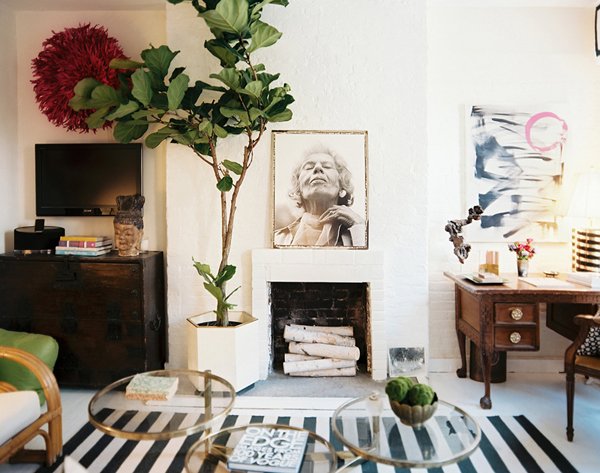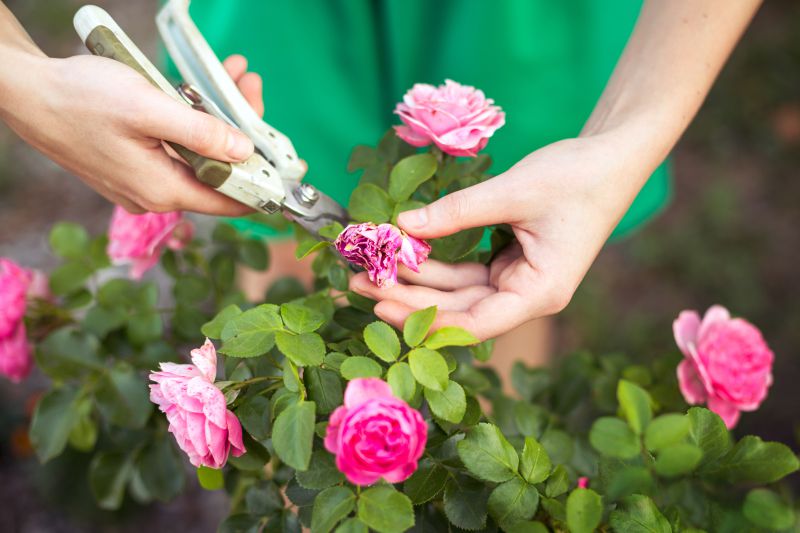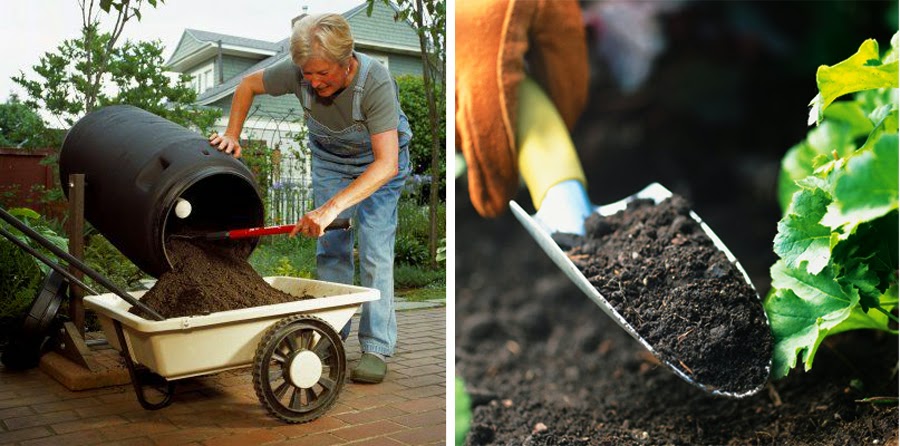If you like plants and you are one of those who loves to have almost everything inside your house, keep reading because the following ideas are for you who have been fantasizing the idea of reaching out and plucking some delicious fruit from your sofa your living room.
7 fruit trees that you can grow in your living room
Well, there are decorative houseplants, and then there are the edible plants that you tend to put in a small garden. But what happens if we position ourselves in the middle of these two?
If what you are looking for is an indoor plant that is both decorative and edible in your living room, just turn to the world of fruit trees! While many of this grow in the wild to become huge and leafy, and are native to perpetually sunny conditions, there are a number of dwarf plants that won’t give you any trouble, (and you will even receive their fruit) that you can put in a pot. great in your living room.
Proper care and conditions (and a reliable nursery to stock them) are very important if you want a thriving indoor fruit tree. Here is a list of fruit trees that you can grow indoors.
1. Figs
If you want a fruit-bearing fig tree, the last option to consider is the popular Lyre Tree, or the fiddle-leaved fig tree. Instead choose a small variety of fig tree, the Brown Turkey (also known as Long Black or Ubique Noire), which tolerates heavy pruning, is self-pollinated, and can thrive indoors. This tree sprouts very elongated leaves.
Planting and care. The size of the pot you choose will affect how large and productive your tree is (opt for a larger pot to get more fruit, and a smaller one if you need the fig tree to stay small). The plant should be watered at least once a week, until the water comes out of the drainage holes, and it is pruned when it reaches the size you want.
Habitat. While inedible fig trees do well in indirect sunlight, edible varieties should be placed in bright light; aligning them with a north orientation would be ideal. They don’t like cold at all, so they should stay away from drafty doors and windows. The avocado tree is a very beautiful plant that adorns a living room.
2. Lemons and 3. Limes
If you plan to grow lemons and limes indoors, opt for a self-pollinated dwarf variety like Meyer Lemon (which doesn’t require too much heat to ripen the fruit) or Kaffir Lime; These produce the crop more quickly and the plant stays at a manageable size.
Planting and care. The best soil for growing healthy citrus trees is slightly acidic and loam-based (i.e., 2: 2: 1 from sand to silt to clay). They also like a lot of humidity in the air, 50% humidity would be ideal. But you can simulate a humid environment by simply spraying them regularly with water from a spray bottle. Let the soil dry completely before watering.
Habitat. There are no surprises here: citrus plants need a great deal of sunlight, 8-12 hours each day. Place the tree in the sunniest place you have, and even better if it is a room with double exposure (in the south and east, for example). And if you have any outdoor space, they would appreciate a few months in the fresh air if you are having a warm summer.
4. Olives
Self-pollinating and prolific olive trees (a single tree can produce up to 9 kilos of fruit per year), do not require much attention compared to other fruit trees. When shopping for an indoor olive tree, keep in mind that many varieties are only ornamental, which means they won’t bear fruit, but there are several indoor varieties that will: Consider buying an Arbequina, which is slow-growing and will drip. water through the leaves (called “weeping”), or a Picholine, which is more upright.
Planting and care. Indoor olive trees only need to be watered when the top inch of soil has dried up, and require less watering in the fall and winter when they take a natural break.
Habitat. An olive tree needs at least 6 hours of sun every day. It is advisable to place them near a sunny window facing south (but not too close or the leaves will curl).
5. Avocados
Being clear, it is very difficult to get an indoor tree to give good avocados, however it is not impossible. Instead of growing one from seed, look for a graft plant that contains some tissue from a tree that produces good-tasting fruit. Small trees like the Wurtz, Gwen, and Whitsell are naturally the best choice, and they don’t have to be cross-pollinated to bear fruit.
Planting and care. Add some sand to the bottom of a pot and fill it with regular potting mix, and water the plant regularly without letting the soil get soggy. Ripe fruit can be left hanging on the tree for a few weeks.
Habitat. Warm season plants like avocado like to have lots of bright light. Orient her with a window facing south, this is her best chance of finding a happy place.
6. Bananas
Some banana trees produce edible fruits, while others produce fruits that cannot be eaten, again what you will need to obtain is a dwarf plant, such as the Super Dwarf Cavendish and the Red Dwarf, since they do not grow very large. They are self-fruiting, which means that they do not require a pollinator.
Planting and care. The soil that your banana tree needs should be light and peaty; Add compost monthly to maintain strong growth. They like to get a lot of water due to their huge leaves, but you should make sure to let the soil dry completely between waterings. You can spray the leaves to simulate wet weather.
Habitat. Lots of indirect light from bright sunlight is best for this plant, so it should be positioned near a south-facing exposure, if possible. Turn the plant periodically so that all parts get light.
7. Blackberries
Again, you will have to go for a dwarf mulberry like the Everbearing Dwarf, if you want to grow it indoors. The fruit of a blackberry tree, which can be seen somewhat similar to that of a blackberry, but smaller, should be harvested as soon as it is ripe.
Planting and care. Regular potting soil will suffice, as will regular watering. Mulberry trees are slow growing and need large pots. A small blackberry tree in your living room will be beautiful.
Habitat. A bright, warm and sunny space is the best for your blackberry tree; move it to a location with full exposure from spring through fall, if possible.









